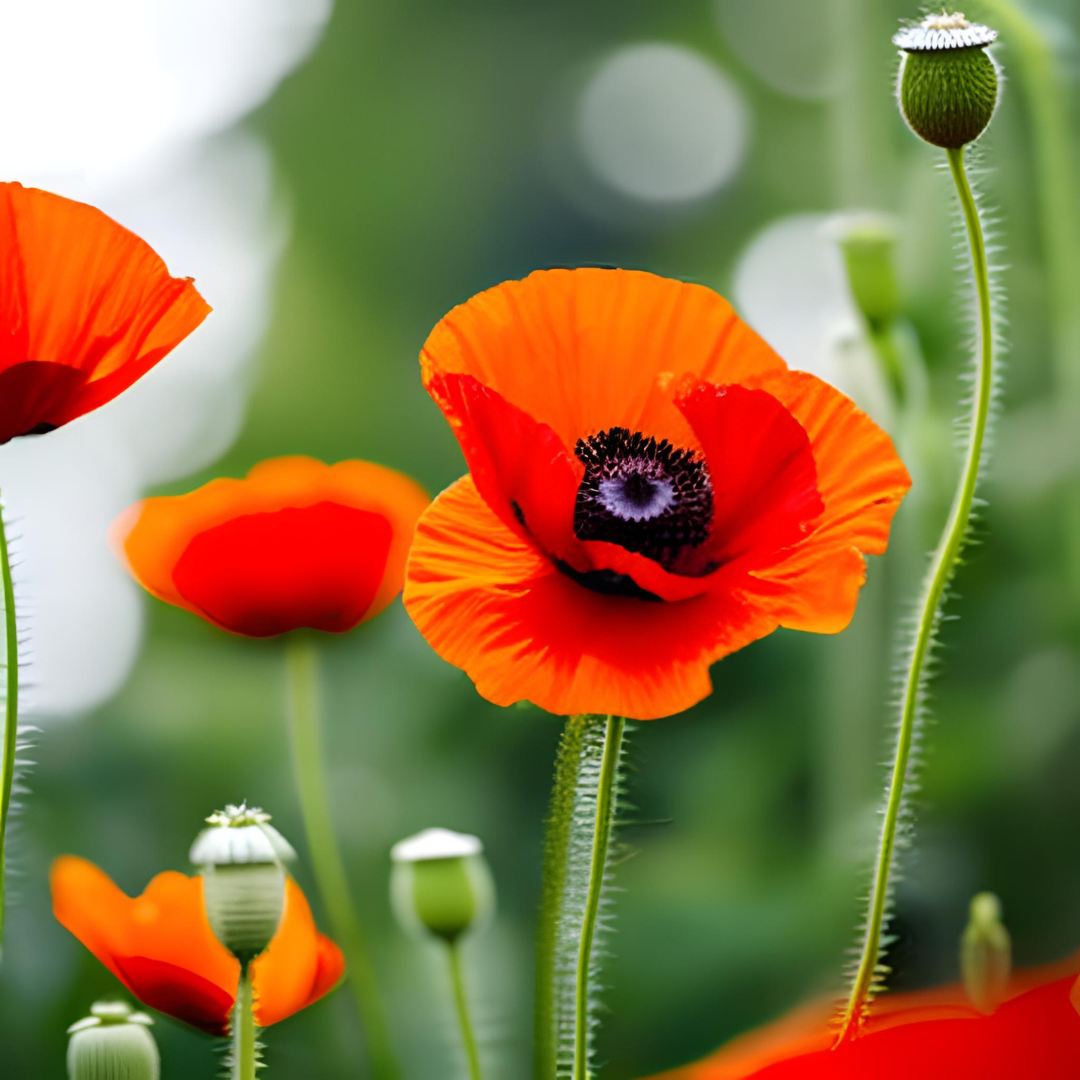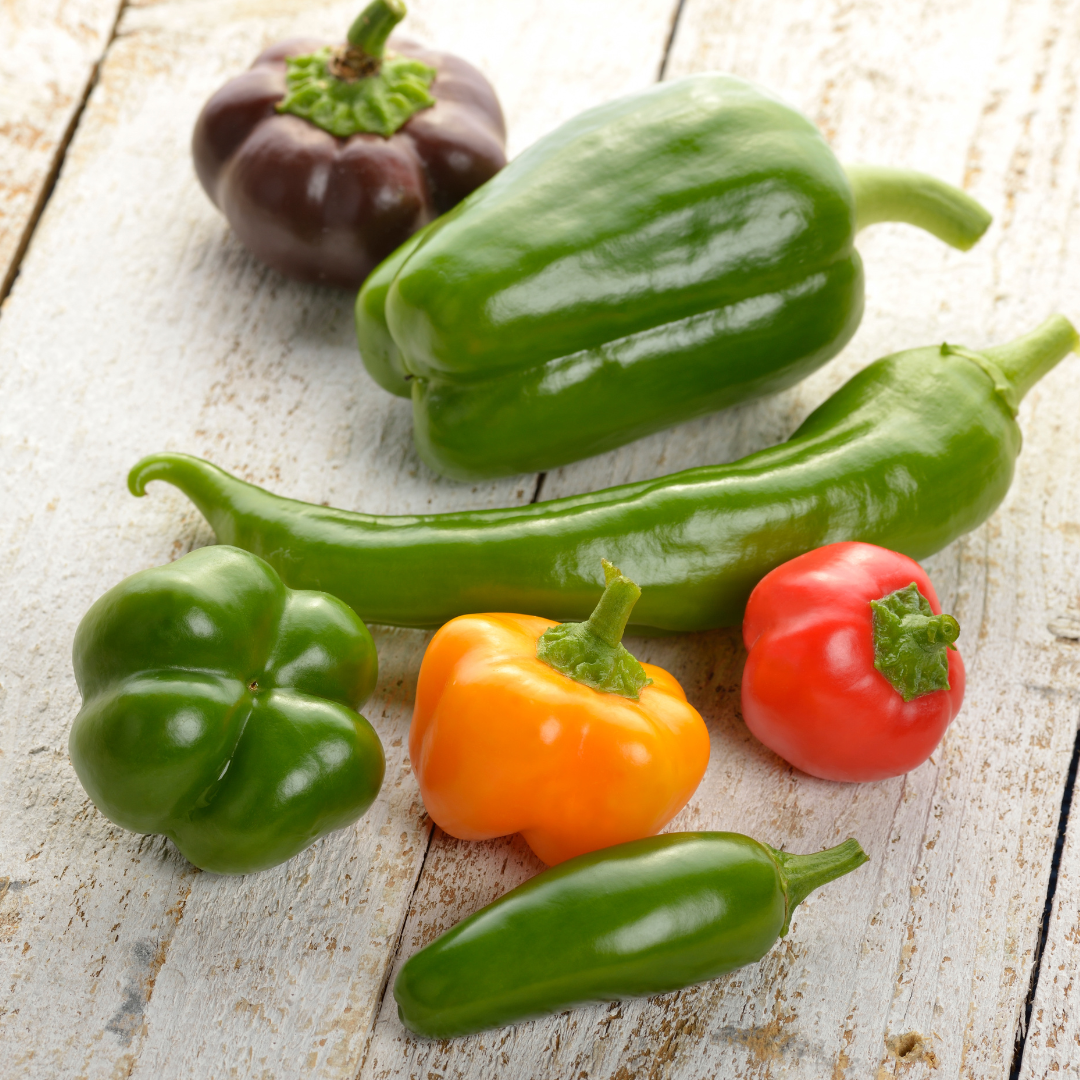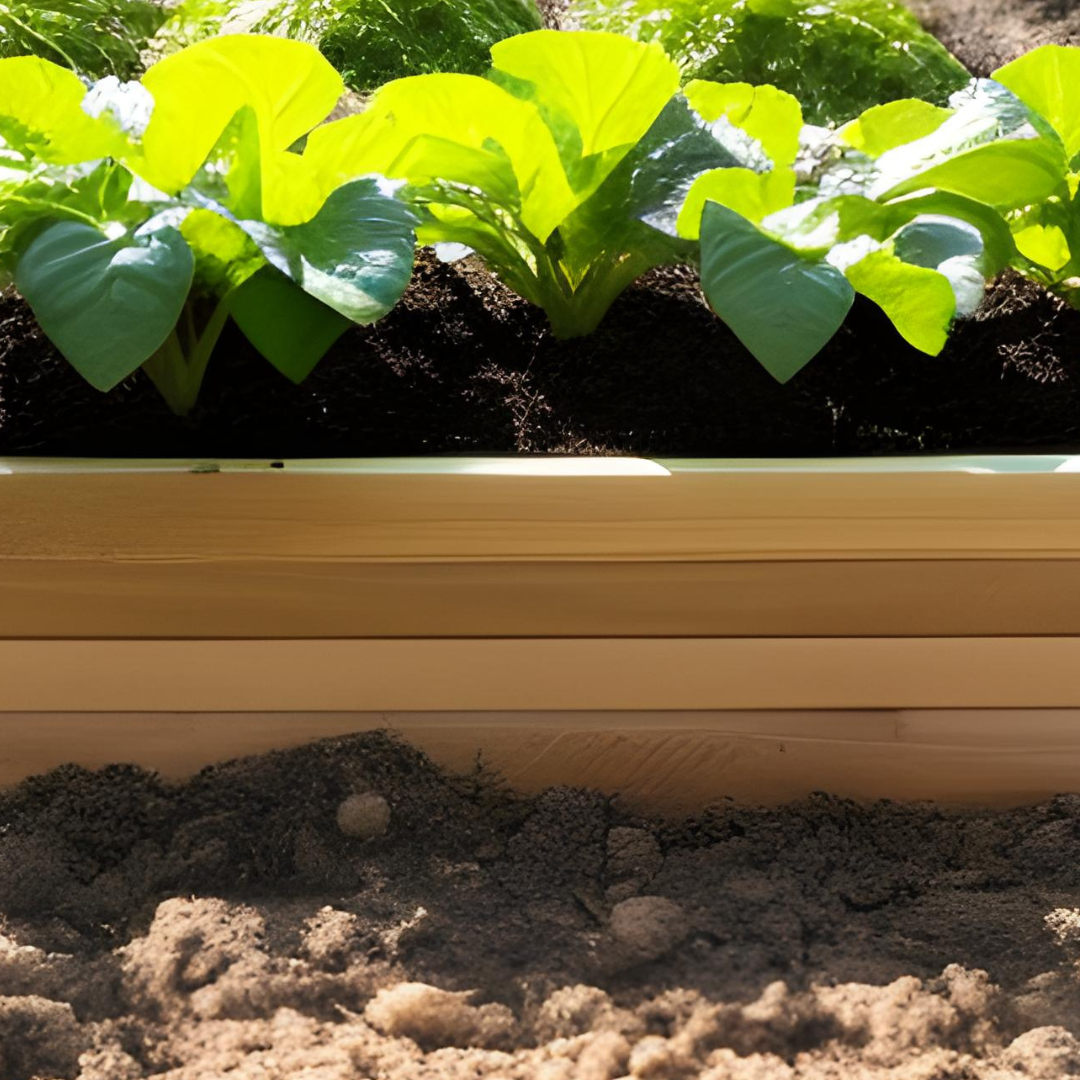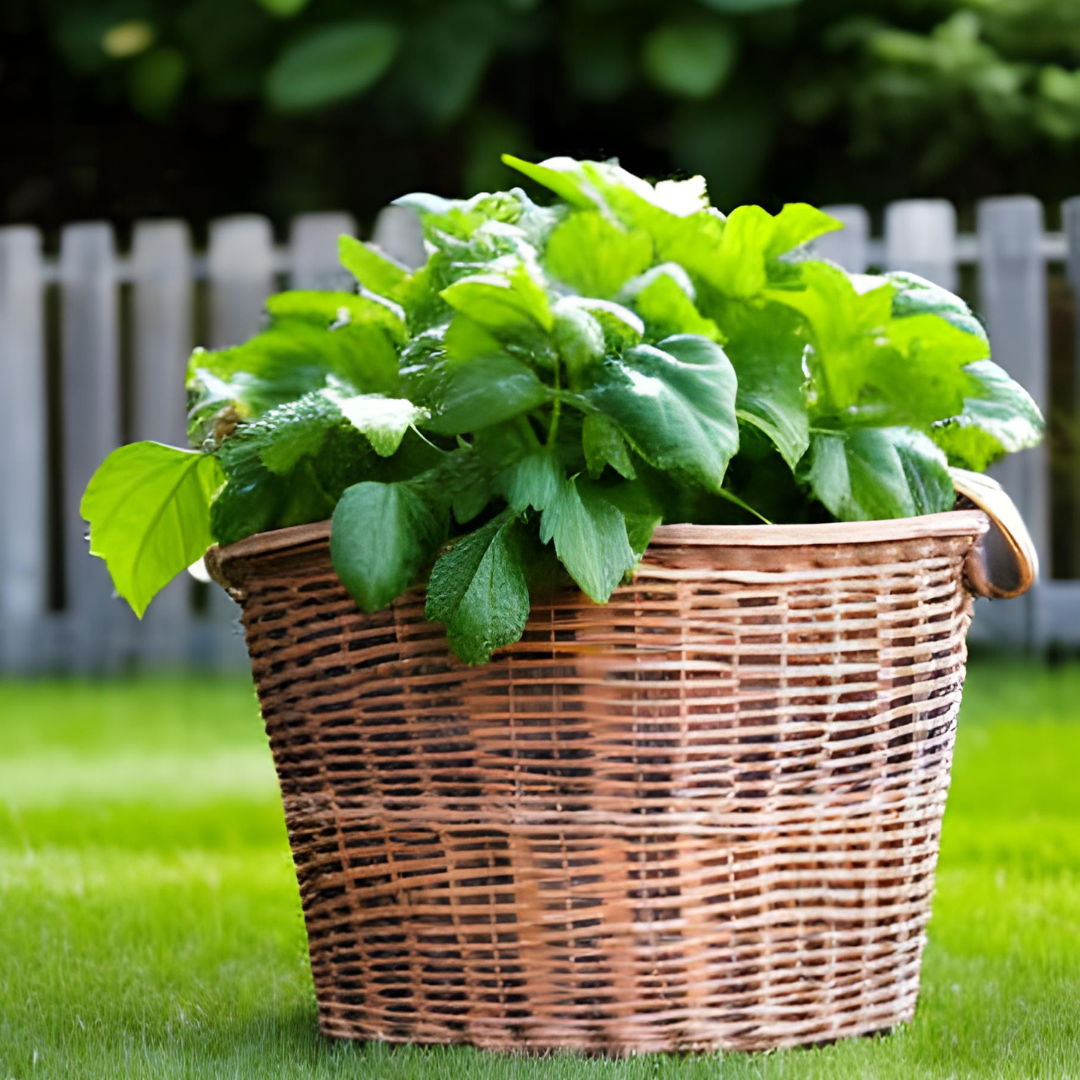Poppies are beautiful and vibrant flowers in various colors, including red, pink, white, and purple. They are easy to grow and are a great flower to add to any indoor garden. This article will discuss how to grow poppies indoors and the different types of poppy plants that are ideal for indoor gardening.
The Poppy Plant
Poppies are part of the Papaver genus, which includes over 70 different species of flowering plants. The two most commonly grown poppy species are Papaver somniferum and Papaver rhoeas. Papaver somniferum is also known as the opium poppy, and it is grown for its seeds, which are used to make poppy seed oil and other food products. Papaver rhoeas, on the other hand, is known as the corn poppy and is often used as an ornamental plant in gardens.
Complete Sun and Good Drainage
Before you start growing poppies indoors, it is essential to understand the growing conditions that poppies require. Poppies need full sun to thrive, so placing them in a location that receives at least 6 hours of direct sunlight daily is essential. In addition, poppies need good drainage, so make sure to use a well-draining soil mix when planting your poppies.
Growing Poppies Indoors
Now that you understand the growing conditions that poppies require, let's discuss the steps to grow poppies indoors:
-
Choose a Container: The first step to growing poppies indoors is to choose a container. Poppies do not have deep roots, so you can select a shallow but wide container. Ensure the container has drainage holes at the bottom to ensure proper drainage.
-
Prepare the Soil: The next step is to prepare the soil. Use a well-draining soil mix that is rich in organic matter. You can also mix in some perlite or vermiculite to improve drainage.
-
Sow the Seeds: Sow the poppy seeds directly into the soil, following the instructions on the seed packet. Papaver somniferum seeds should be sown thinly and covered with a thin layer of soil. Papaver rhoeas seeds can be planted more densely and covered with a thicker layer of soil.
-
Water the Seeds: After sowing the seeds, water the soil gently to moisten it. Avoid overwatering, as this can lead to root rot.
-
Provide Full Sunlight: Place the container in a location that receives at least 6 hours of direct sunlight daily. If you do not have a site that receives full sunlight, you can use grow lights to provide the necessary light.
-
Water Regularly: Water the poppies regularly to keep the soil moist but not soggy. Poppies do not like to dry out completely, so water them before the ground dries.
Wildflower, Perennial, & Annual Flower Seed Kit | 35 Variety Pack
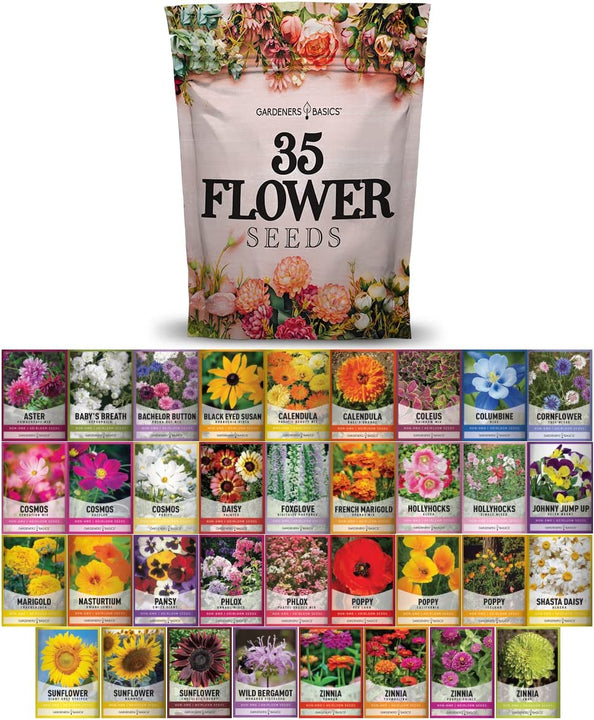
$29.95
$49.95
35 Flower Seeds Variety Pack – Heirloom, Non-Hybrid, Non-GMO, Open-Pollinated – Perfect for Pollinator-Friendly Gardens Transform your garden with our 35 Flower Seeds Variety Pack, offering a stunning and diverse selection of heirloom, non-hybrid, and non-GMO seeds. Each variety in… read more
Types of Poppies to Grow Indoors
Several types of poppies are ideal for indoor gardening. Here are some of the most popular types of poppies to grow indoors:
-
Papaver somniferum: Papaver somniferum is a widespread poppy grown for its seeds, which are used to make poppy seed oil and other food products. It is a beautiful plant with large, showy flowers in various colors, including white, pink, red, and purple.
-
Papaver rhoeas: Papaver rhoeas, also known as the corn poppy, is a popular ornamental plant often grown in gardens. It has bright red flowers with black centers and is an excellent choice for indoor gardening due to its compact size and ability to thrive in containers.
-
Oriental Poppy: Oriental poppies are a stunning variety of poppies with large, showy flowers that come in shades of pink, red, orange, and purple. They are a bit more challenging to grow indoors compared to other varieties of poppies, but their beautiful flowers are worth the effort.
-
Sprouted Poppies: Another option for growing poppies indoors is to start with sprouted poppies. You can purchase poppy sprouts from a garden center or online and then transplant them into a container with well-draining soil. This option is ideal for those who want to skip the seed-starting process.
Tips for Growing Healthy Poppies Indoors
To ensure that your poppies thrive indoors, here are some additional tips to keep in mind:
-
Fertilize Regularly: Poppies benefit from regular fertilization, mainly when grown in containers. Use a balanced, water-soluble fertilizer every two weeks during the growing season.
-
Pinch Back the Leaves: Pinch back the leaves of your poppies when they reach a height of about 6 inches. This will encourage the plants to grow bushier and produce more flowers.
-
Provide Adequate Air Circulation: Poppies need good air circulation to prevent fungal diseases. Make sure to space your plants out and avoid overcrowding them.
-
Watch Out for Pests: Poppies like aphids and spider mites can be susceptible to pests. Look for any signs of infestation and treat with an organic insecticide if necessary.
In Conclusion
Growing poppies indoors is an easy and rewarding activity that can add color and beauty to any indoor space. Poppies require full sun, good drainage, and regular watering to thrive, and several varieties of poppies are ideal for indoor gardening. Following the steps outlined in this article and keeping these tips in mind, you can grow healthy and vibrant poppies indoors and enjoy their beautiful flowers year-round. Come learn how to grow poppies indoors to always have fresh flowers.
We have a large selection of heirloom poppy and heirloom flower seeds perfect for your garden!
FAQ - How to Grow Poppies Indoors
1. What type of soil is best for growing poppies indoors?
It's essential to use a well-draining soil mix when planting your poppies. You can use a commercial potting combination and a combination of perlite or vermiculite to improve drainage.
2. How much sunlight do poppies need to grow indoors?
Poppies need full sun to thrive, so placing them in a location that receives at least 6 hours of direct sunlight daily is essential. If you don't have a site that receives full sunlight, you can use grow lights to provide the necessary light.
3. Can I grow poppies indoors year-round?
You can grow poppies indoors year-round if they receive the proper sunlight and water.
4. How often should I water my poppies?
Water your poppies regularly to keep the soil moist but not soggy. Poppies do not like to dry out completely, so water them before the ground dries.
5. How do I prevent pests from damaging my poppies?
Poppies can be susceptible to pests like aphids and spider mites. Look for any signs of infestation and treat with an organic insecticide if necessary. You can also prevent pest infestations by maintaining good air circulation and keeping the plants healthy.
6. Can I grow poppies from seeds indoors?
Yes, you can sow poppy seeds directly into the soil indoors. Follow the instructions on the seed packet and provide adequate sunlight and water.
7. How do I know when my poppies are ready to bloom?
Poppies typically bloom in late spring to early summer. You'll know when your poppies are ready to bloom when you see buds forming on the plants.



